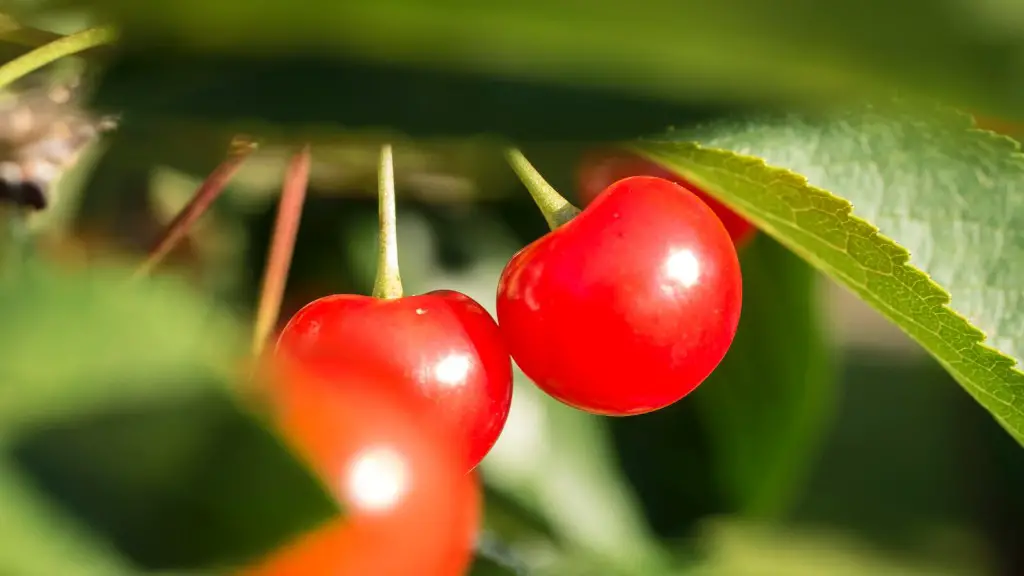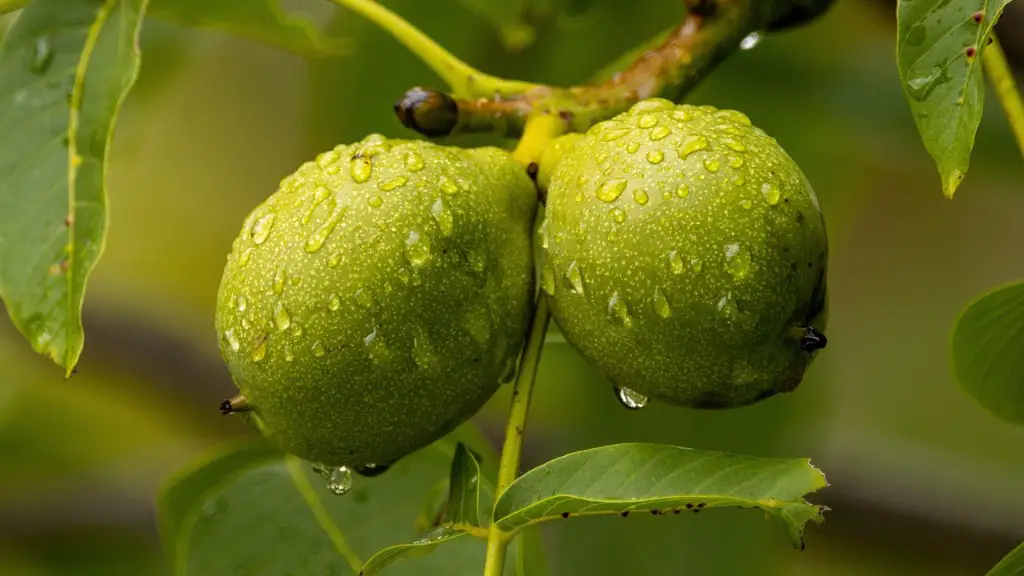How to Choose a Cherry Blossom Tree
Cherry blossom trees are beautiful, iconic symbols of spring. These gorgeous blooms make for a stunning addition to your outdoor space; however, it can seem like an overwhelming task to pick out the right tree species for your garden. It is important to consider the end result you are looking for, the local climate, and potential health concerns, in order to select a tree that you can be proud of.
The first item to consider is the size of the tree. Cherry blossom trees come in a variety of shapes and sizes, ranging from small ornamental varieties to larger, bushy trees. You should take into account the amount of space you have and the environment around your garden – if you can’t provide the space the tree needs to thrive, you’ll be disappointed with the results.
Climate matters when it comes to choosing the right tree species. Each variety is tolerant of different conditions, so you will want to research hardiness zones and water needs. If you live in a warm, dry climate, for example, you may want to choose a variety that will tolerate the extreme weather. On the other hand, if your area experiences frequent rain or snow, you may want to opt for a more drought-tolerant species.
Cherry blossom trees are also notorious for attracting pests like aphids, mites and spider mites. If you’ve experienced problems with these bugs in your garden in the past, you may want to opt for a variety that is known to be resistant to aphids, mites, and other pests.
When it comes to choosing a cherry blossom tree, it is important to do your research.Online nurseries and garden centers can be a great resource when it comes to picking out the perfect species for your outdoor space. Talk to experts, consider your climate and end goal, and think about potential pest problems – this will help you make the right decision for your garden.
Hardiness Zones
The hardiness zone of your region is an important factor to consider when selecting a cherry blossom tree. Hardiness zones map out where certain plants can survive in different climates and temperatures. Depending on where you live, there may be a few different varieties of cherry blossom trees that can survive in your area. Keep in mind that no two species may be labeled as the same, as some may have higher or lower zones than others.
Research your local hardiness zones and consult with a local expert or garden center to figure out which varieties are best suited to your climate. Speaking with an expert is always a good idea, as they should be able to provide you with the best advice for picking out the right species for your area.
Soil Requirements
In order for your cherry blossom tree to thrive, it needs to be planted in the right kind of soil. Generally speaking, all cherry blossom trees prefer nutrient-rich, well-drained, slightly acidic soils. Loose, loamy soil is generally ideal, as it allows the plant to get adequate nutrients and air.
If you live in an area where the soil is compact or clay-like, it is important to amend the area before planting your cherry blossom tree. Adding mulch or compost to the soil can help to improve drainage and fertility. You may also want to add a layer of coarse sand or gravel to improve the drainage and aeration of the soil.
Sunlight Requirements
Once you have picked out a suitable variety for your hardiness zone and soil type, it is important to choose a planting location that will provide the tree with adequate sunlight. All cherry blossom trees prefer full sun, meaning six to eight hours of direct sunlight per day.
If your area doesn’t receive that much sunlight, you may want to opt for a variety that is tolerant of partial shade. Some species are able to survive in dappled sunlight, though they may not bloom as profusely as trees planted in full sun.
Water Requirements
Like all plants, cherry blossom trees require water to stay healthy and thrive. Depending on your climate, you may need to supplement the natural rainfall to ensure your tree is getting the water it needs. In general, cherry blossom trees require ample, even irrigation, though they can tolerate occasional periods of drought.
If you are struggling to keep your tree watered, there are a variety of options available. Installing a drip irrigation system or watering can help to keep your tree hydrated and healthy throughout the year.
Planting & Care
When it comes to planting and caring for your cherry blossom tree, there are a few basic steps that you should follow. These include selecting a suitable site, digging a hole, adding organic matter and fertilizer, and mulching the soil.
It is also important to prune your cherry blossom tree regularly in order to keep it healthy and bushy. Generally speaking, you should prune trees in the early spring and late fall. This can help to encourage new growth and ensure the tree stays in good shape.
Fertilizing
Fertilizing is also an important component of caring for your cherry blossom tree. Applying a fertilizer blend can help to ensure the tree is getting all the nutrients it needs to stay healthy and happy. A balanced fertilizer such as 10-10-10 or 5-10-5 can be applied in the spring, when the new growth begins.
You should also keep an eye out for any signs of distress or disease. If your cherry blossom tree is starting to display signs of unhealthy leaves or stunted growth, you may need to apply a fungicide or an insecticide. Always follow the instructions on the label carefully and make sure to use protective gear when handling any chemicals.
Summary
Choosing the right cherry blossom tree for your garden can be a daunting task, but it is well worth the effort. By considering your local climate, soil type, and sunlight needs, you can narrow in on an ideal species for your area. From there, it’s a matter of planting, fertilizing, and caring for the tree in order to ensure it thrives.


